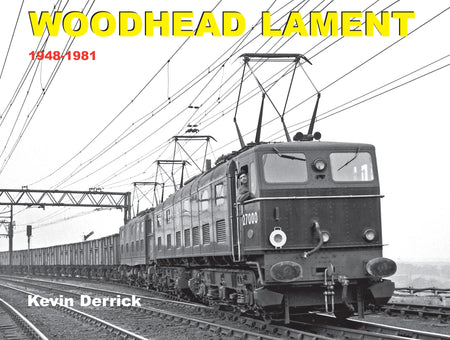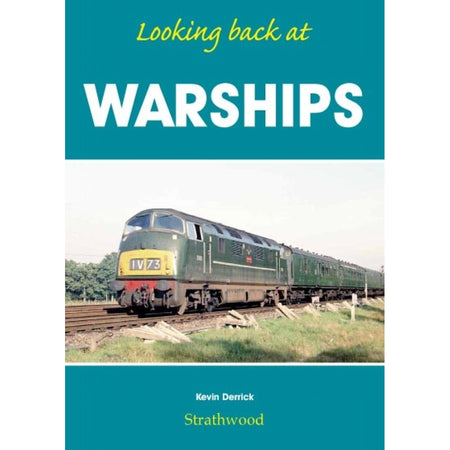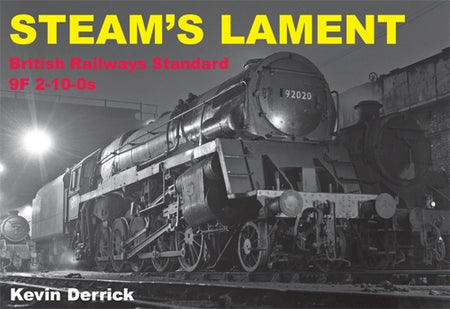The Railways and Locomotives of
The LILLESHALL COMPANY
ALMOST SOLD-OUT BE QUICK
The area around today’s Telford, and specifically that of Coalbrookdale, is well known as the cradle of the industrial revolution. However, the story goes much further back than Abraham Darby. The Roman settlement of ‘Uscocona’ became that latterly known as Oakengates. The Romans are known to have worked outcrops of coal in this part of East Shropshire, and this mining continued on right through the Middle Ages. Locally, the ‘longwall’ technique of mining was developed, which involved excavating along the lateral face of the coal seam, rather than ‘headfirst’ into the seam. Such small pits were typically only 60 to 100 feet deep at the start of the industrial revolution, and many of this depth continued, even into the 20th century.
Not surprisingly, such mining activities revealed other minerals for which uses were either initially apparent, or for which the resourcefulness of the miners found a new use. The deposits of ironstone and fireclay were exploited in this way, and thus new products were developed, and new markets opened throughout Britain, and eventually exported. As an example, one early blast furnace was opened in Lilleshall village in 1591. Later, and nearby, the well-established Coalbrookdale Company built blast furnaces on land leased from Earl Gower at Donnington Wood in 1783.
This area was one of the most heavily industrialised in the country for many decades, and its contribution to the nation’s wealth is often under appreciated. For example, it is recorded that around one quarter of the iron produced in Britain in 1806 came from here.
The Lilleshall Company came to be the largest employer in the region, utilising the local iron, coal and limestone reserves and developing these heavy industries by the application of the accumulated skills in the area, and drawing on new technology from further afield.
ISBN: 9781903266861






















































 Find us on Facebook
Find us on Facebook  Find us on Youtube
Find us on Youtube 

